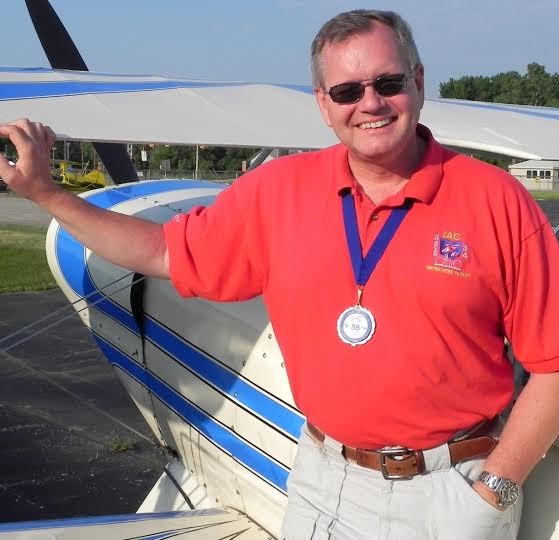 |
By Gordon Penner, "Aerobatics is just one of many great tools for self – expansion as well as well as self – expression. Learning and practicing aerobatics expand who you are as a person". |
Welcome!
I love the Sportsman category in that it is the highest level you can really compete, and win, in a jack-of-all-trades aircraft. Also, the standard 10-hour aerobatic course given throughout the US prepares one to just about 90% of the level of difficulty required for a Sportsman-level competition flight.
| I view the 2024 Sportsman Known sequence from the point of view of the 150hp Decathlon or Citabria pilot. Like last year’s sequence, this sequence will be very difficult for low-horsepower/high-drag aircraft that are hard to roll at low speed, such as a Citabria. Many of us aerobatic instructors and coaches are again recommending for pilots to schedule a break during the sequence, this time between maneuvers 6 and 7. |
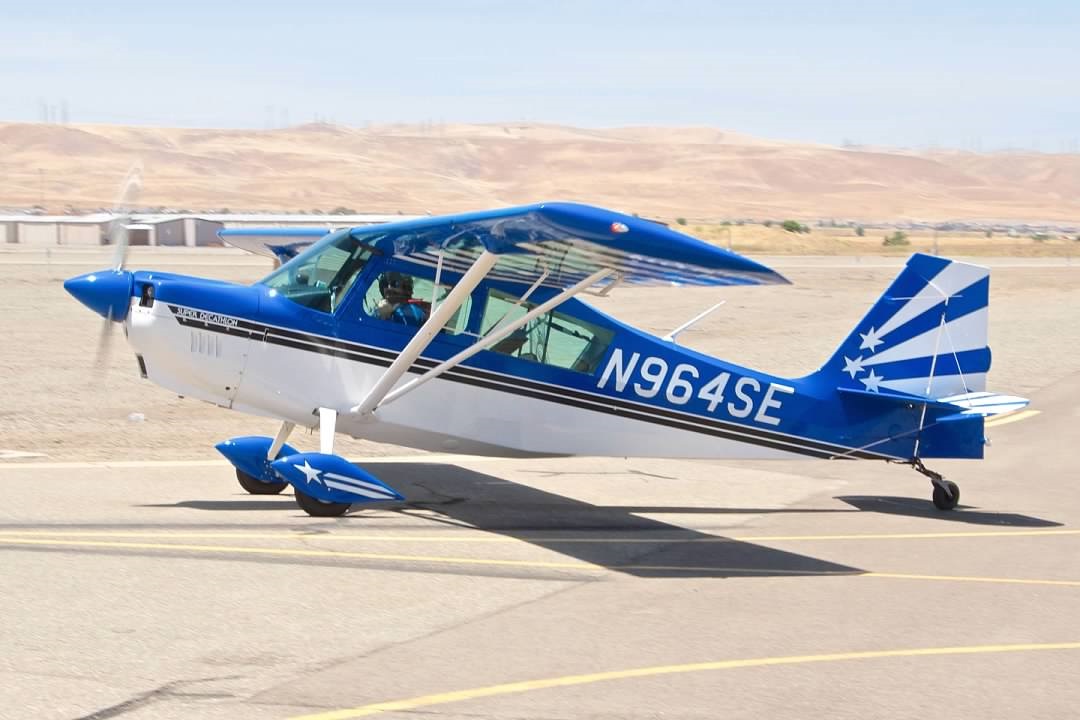 |
For those of you that don’t compete, the Sportsman Knowns are a great personal challenge. First of all, even if you never compete, knowing the categories (Primary, Sportsman, Intermediate, Advanced, and Unlimited) is a good idea for use as a rating system, both for airplanes and for pilots. The Extra 300 can do Unlimited, but the pilot who bought it might only be able to do Primary. For Citabria-type aircraft, and for experimentals with capabilities like the RV’s and Acrosports, Sportsman is the level of difficulty you’re looking for.
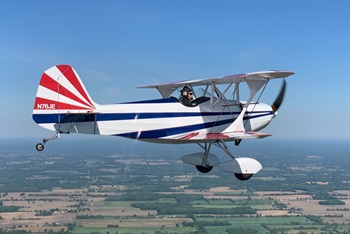 |
Flying a sequence, even if just for fun or for learning, is not just about doing the maneuvers individually. It is about procuring and maintaining the right energy state from maneuver to maneuver. As past IAC President Rob Dorsey used to say, a sequence is just like a good game of billiards. You don’t just need to make a good shot; you have to make a good shot and have the cue ball stop in a good place for the next shot in line. |
Flying a sequence, even if just for fun or for learning, is not just about doing the maneuvers individually. It is about procuring and maintaining the right energy state from maneuver to maneuver. As past IAC President Rob Dorsey used to say, a sequence is just like a good game of billiards. You don’t just need to make a good shot; you have to make a good shot and have the cue ball stop in a good place for the next shot in line.
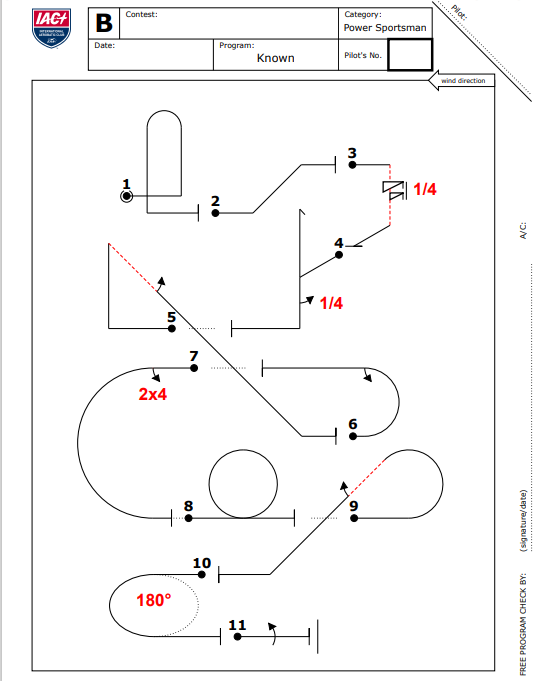 |
It is also about keeping positional and collision avoidance awareness while flying a series of maneuvers. That is a different level of flying and awareness that makes all of your flying safer. You can learn to fly each half, and then eventually put them both together. Doing half the sequence with someone else on board is also a possibility. Just putting 3 maneuvers together in a sequence will be hard at first. Flying a sequence can really be a mind-expanding thing, contest or no. It would be nice to not worry about box boundaries, eh? |
Let’s first hit some big – picture/strategic vision items that apply to every competitor. Then we will get into the 2024 specific items.
Strategic Vision
Over my years of instructing, I have learned to look for the big picture view, or strategic view, of a thing first before digging into the details.
The first strategic idea in aerobatics, as said by 1972 World Champion Charlie Hillard in the EAA video “Getting Started in Aerobatics,” is “…where to look and when.” Looking in the right place at the right time during each maneuver is the key to making them easier to fly. Practice this even when just walking through the sequence on the ramp, doing the ‘aerobatic dance,’ or what we sometimes call ‘hand-batics.’
| When at the contest also note the landmarks that are a few miles away from the box. They can be used for alignment and positioning. In upright flight you can hardly see the box below you. John Morrissey, famed aerobatic coach and competitor (who also had a lovely tour of North Vietnamese antiaircraft gun and missile facilities), brings up the second strategic idea. He talks about how to look. He calls this “Deep Focus.” As we will see later, ideas 1 and 2 go together in aerobatics, especially in the aileron roll (meaning the Slow Roll - more on this later). |
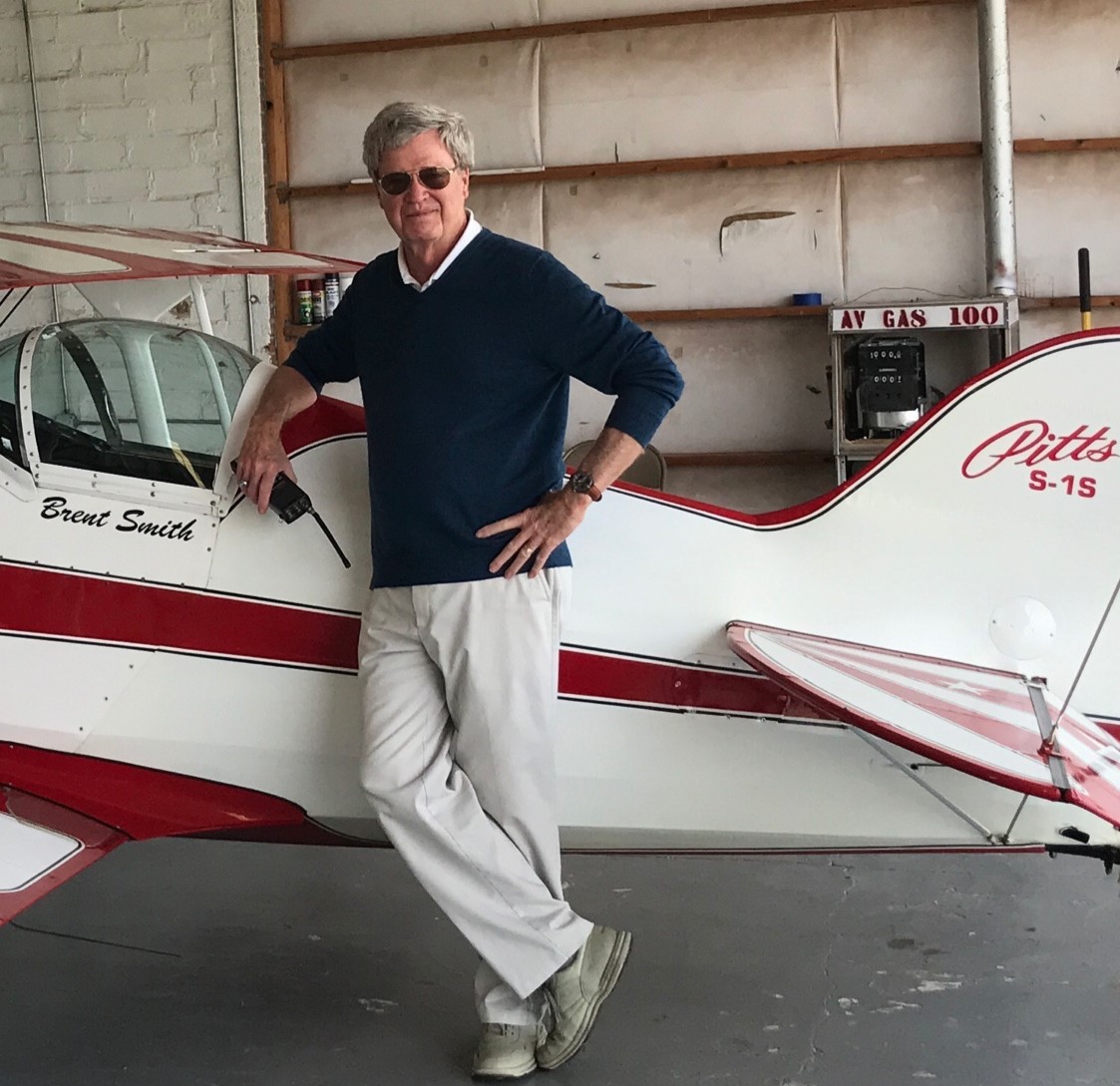 |
The third strategic idea is that, mathematically, the roll is the thing. As John Morrissey pointed out in his excellent February 2012 Sport Aerobatics article, “The Roll,” aileron roll (Slow Roll) quality directly affects 25%-30% of the K - factors, and indirectly affects 50% to 80% of the K - factors. A pilot would do well to get on top of this most frustrating of maneuvers.
The fourth strategic idea, and one of the most important, is for the Sportsman pilot to mentally prepare themselves to “take a break” during a sequence. Mathematically it is better to take a break, and take the small penalty, than it is to fly a truncated maneuver that scores badly. A score for a badly flown maneuver, multiplied by the K (Difficulty) factor for that maneuver, hurts way worse than taking the penalty points for an interruption.
The same is true for taking an ‘out’ penalty. The break penalty and the ‘out’ penalty are the same in Sportsman.
That low penalty value for outs and breaks was intentionally designed into the category “way back when” to enhance learning and to enhance safety. The flying of a chopped-up maneuvers by new (and by not so new) pilots, in an attempt to stay in bounds, is what frequently causes unsafe flying. Beware, and be ready to “take a break.” Your flying will not only be safer, but you will also score higher.
Depending on your aircraft, or if you are flying with a safety pilot, you may even want to ‘schedule’ that interruption. Taking a planned break may allow longer down lines and higher entry speeds in the individual maneuvers, giving higher scores.
When I was getting initial aerobatic training, we stayed in the middle of the speed range. When I started competing in the 150hp Decathlon I was told to get into the yellow arc as much as possible. They said the airplane presents so much better when flown faster, and they were right. My scores went up. Since I didn’t have the horsepower, longer down lines facilitated my higher speeds and better standings.
Just be careful about g-load. Don’t over-g. It takes less stick/elevator movement at a faster speed to create the same g-load. Set the trim as directed in the linked articles below before the sequence begins, and don’t move it throughout. That way the pounds of pull at a certain speed to get a certain g-load will always be the same. This builds muscle memory.
Obviously, you should not exceed the airspeed redline, but there is an old joke that says “…. the airspeed redline is not a limit…IT IS A GOAL!!!”
Where to Look and When/Deep Focus
As an instructor I have seen that a pilots’ flying gets better the further away they focus from the airplane. It is not natural for us, however, and we must be taught to do it.
There is a physiological reason why that is. The eyes at rest will go to what is called Infinity Focus. The eyes naturally focus on a spot about 20-50 feet in front of you in their relaxed state.
This automatic tendency ‘detunes’ your center, detailed vision core and brings peripheral vision detection to a higher level. This enables you to more easily detect predators as your peripheral vision is better for detecting motion. Peripheral vision is probably a good thing in that situation, but it pulls us away from John Morrissey’s “Deep Focus.”
Morrissey maintains that a “…clear and distinct focus to the furthest point ahead of the aircraft’s flight path must be maintained. I refer to this as Deep Focus…” In level flight he wants pilots to be focused on a spot 20 miles away. “When vertical down I want them to pick out blades of grass. This is the beginning of situational awareness in all axes of flight.”
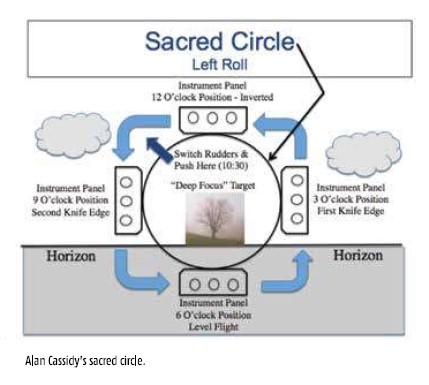 |
If a pilot is not consciously looking to a spot on the horizon, they cannot make the tip of the nose draw British Aerobatic Champion Alan Cassidy’s “Sacred Circle” when doing a Slow Roll (Aileron Roll). More on the Slow Roll later. Now let us get into box entry and sequence analysis. |
Box Entry
Yes, Dorothy, the box entry and the wing-wags ARE a maneuver. New people tend to come into the box in a low energy manner, straight at the box, with half-hearted wing-wags. No, no, NO! Bad dog!
Come in fast, loud, strong, and snappy! Make a good first impression. As competitor Larry Connor said, “…fly it like you stole it!”
Make each wing – wag 45 degrees of bank minimum and pause between each one. Other wise we can’t tell from the ground if those are wing – wags or just turbulence! This will take longer than you think. It will require a longer down line than you think. You’ll need to determine the box entry altitude and speed you need for the beginning of the dive.
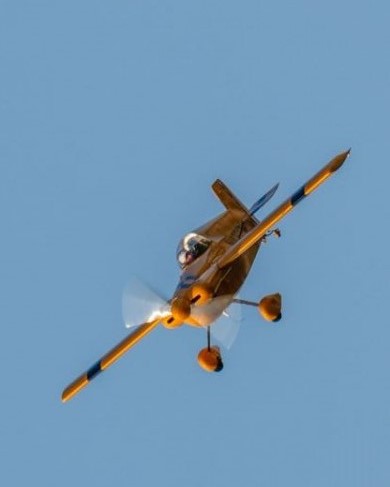 |
I recommend putting a base leg very close to the downwind edge of the box, then turning and diving onto the X – axis. On the base leg you can see the box off to the side of the aircraft. If coming straight at the box, the nose covers the box, so you won’t know when to begin your dive accurately. When I wing over and dive onto the X – axis it looks just like those old WWII movies of dive bombers peeling off to begin their bomb run. The dive needs to be steep enough where you can see the whole box over the nose throughout the dive and the wing – wags. |
Treat the box entry like maneuver number 1A. When you practice the whole sequence include the box entry as well. Also, set up your box entry so that your aircraft is exactly at the speed and altitude desired for the pull up into the first printed maneuver (Maneuver 1B). That takes some practice.
Sequence Analysis
| US National Intermediate Aerobatic Champion Doug Bartlett held sequence analysis seminars in the past. He believed that a pilot should know approximately how much altitude gain or loss occurs in each maneuver. You could then use these numbers to analyze a sequence, starting from the last maneuver and working backwards. This would allow you to know the minimum start altitude. |
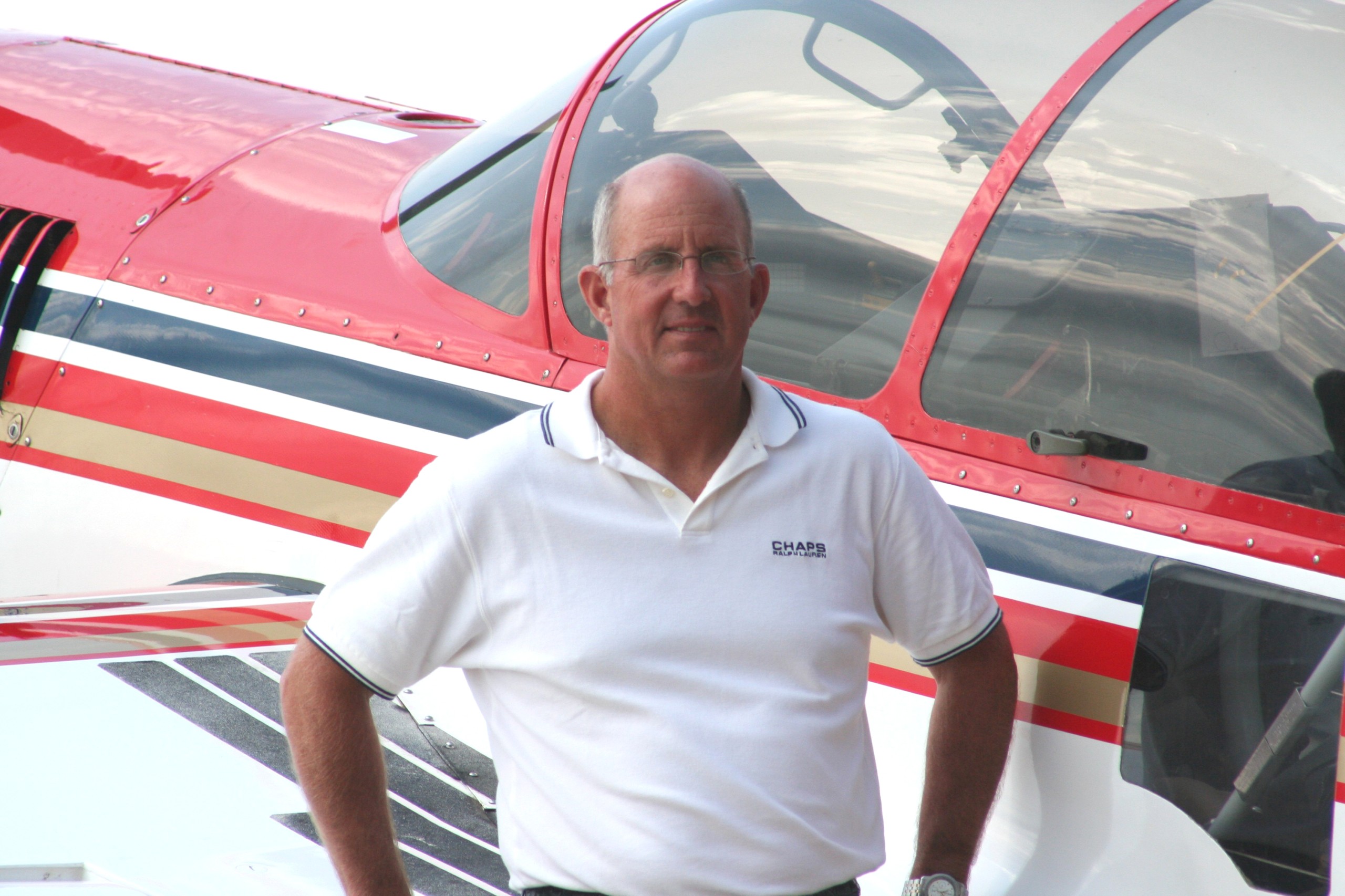 |
Now you also know the beginning altitudes at key points in the sequence. For example, in this years’ sequence it would be a good idea to know how high you need to be at the beginning of maneuver #7, the 2x4 with the half-loop down. Some call this point a ‘gate.’ Determine a minimum AGL altitude for this gate, and don’t even think about beginning the maneuver unless you are at your ‘gate’ altitude or higher.
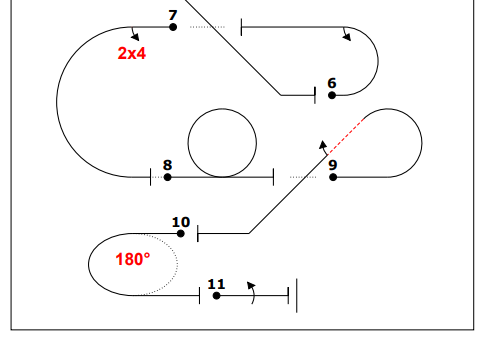 |
In the following example I will do an analysis with some generic numbers. Let’s say maneuver #7 will lose approximately 700’ and that you will lose 300’ in #9, the Half-Cuban 8. Maneuvers #8, #10 and #11 are level. That is 1000 feet of altitude loss total. |
Since the bottom altitude for Sportsman is 1500’ AGL, going backwards the ‘gate’ altitude for beginning maneuver #7 is 2500’ AGL. Keep this ‘gate altitude’ in mind for the rest of our analysis. (In a big aircraft like a Decathlon/Citabria, you might need to think of 1600 feet AGL as your minimum altitude. If this larger type of aircraft is right at 1500 feet AGL, some judges will call the aircraft low even when it is not. The ‘gate altitude’ might now be 2600’ AGL.)
The keys to this sequence, and the limiting factors overall, are maneuvers #6 and #7. Feeding enough energy into #6, the Immelmann, is the key and driver of everything that precedes it. The beginning altitude of #7 is the key to everything that comes after it. Those previous maneuvers before #6 have to flown so that we are at the top of the Immelmann at 2500/2600 ft AGL to start #7 correctly.
| In maneuver #5 the pilot must hold the 45-degree downline long enough to have enough energy to score well on #6. That means that #4 has to be exited with enough speed to score well on #5, in addition to positioning one for flying #6. The ¼ roll on the downline of #4 will eat up altitude. Maneuver #3, the 1-1/4 Spin, is going to eat up at least 1000 feet before pulling up into the Hammerhead. |
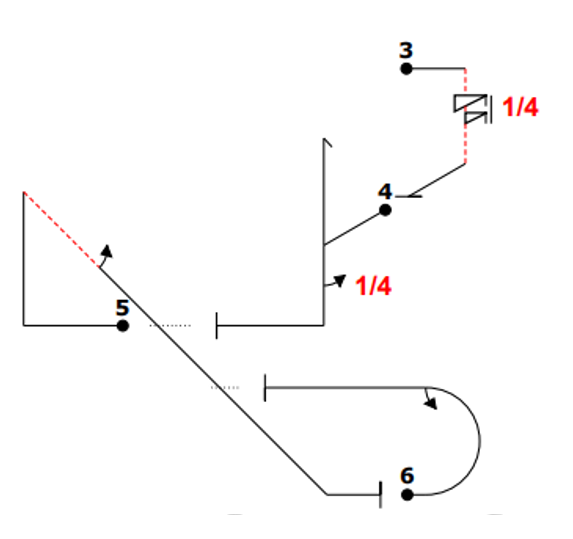 |
If the airplane is one that is in the low horsepower/high drag classification, there is not enough thrust to replace lost height. The only way this aircraft will have enough energy for each maneuver is to hold the downlines long enough to get the energy required for the next maneuver. So, for these type aircraft I recommend flying maneuvers 1-6 as one sequence, breaking off, climbing to 2500/2600’ AGL, and then performing maneuvers 7-11 as a second sequence.
If done so, each maneuver can be flown faster and better, scoring higher. The pilot will also feel less altitude anxiety and be able to concentrate on the individual maneuvers more. Doing this would be especially helpful for newer, less experienced people.
The interruption penalty, as mentioned before, hurts less mathematically than a badly scored maneuver.
Aileron (Slow) Rolls
The Slow Roll is called the Aileron Roll in the Aresti system, but that is a misnomer. It is not flown in an arcing flight path, like the Bob Hoover 1g version or the zero g Primary Roll version. Both of those rolls are coordinated rolls as well.
No, this roll is flown where the CGT, or Center of Gravity Track, makes a straight horizontal or 45-degree line. You must not pitch up first. That straight flight path of the aircraft’s center of gravity ‘dot’ requires top rudder in knife edge flight, enough push in inverted flight to hold the line, and this maneuver is definitely NOT coordinated. The illustration (right) shows an "aileron" roll versus a competition slow roll. |
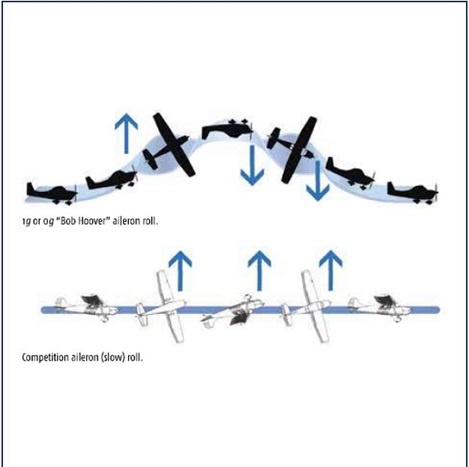 |
The Slow Roll is also a real struggle for low horsepower/high drag aircraft. Higher speeds are needed for these aircraft to show well in this roll.
In reality, the Citabria needs higher speeds to be able to do the Slow Roll at all!
Referring back to John Morrissey’s third strategic idea, roll quality affects a lot of the scores. The Slow Roll portions in maneuvers #5 and #9 are done downhill, achieving enough speed to do them well. The Slow Roll segment at the end of the Immelmann suffers under the judges pens and will be better with any extra speed you can put into it. But the big difference to your score will be how well you do maneuver #7 and #11. As said earlier, the Citabria will not be able to do the Slow Roll at all (with a score above zero) if deficient in speed.
Think also of the other advantages a scheduled break after the Immelmann could give you. You could perform maneuvers #1 through #5 all at lower altitudes. Your Humpty Bump would not have to be flown in the stratosphere to keep maneuver #10 and #11 from going low. It would be like flying two separate, higher airspeed, sequences.
The 45-degree down line in maneuver #5 could now be held longer to provide a higher entry speed into the Immelmann. Have enough airspeed so you don’t sink during the half roll.
The other problem with maneuver #7 is the possibility of exceeding the airspeed redline at the bottom of the half loop down. #7 is basically a Split-S. So, the roll must be done fast enough to do the 2x4, but slow enough not to exceed the airspeed redline at the bottom of the half loop.
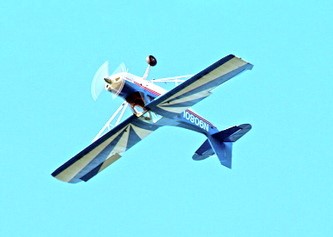 |
I had Emerson Stewart, Chief Instructor of Stewarts Aircraft Service, airshow pilot, and my boss, fly this sequence in his 1971 150 hp Citabria. This is also his airshow airplane. He strongly recommends the scheduled break between maneuvers #6 and #7. Without a break, he was not able to finish maneuver #10 and #11 at 1500’ AGL unless he started maneuver #1 at an altitude where oxygen masks might be required. |
Scheduling that break, and flying two half sequences faster, larger, and lower will also help with your presentation score. Recently, the presentation score changed. Its point total has doubled. A bad presentation, maybe too high up and too far away, will bring your overall score down.
What follows is links to the individual maneuvers
Aerobatic Trim Part 1, by Gordon Penner, Sport Aerobatics September 2020
Aerobatic Trim Part 2, by Gordon Penner, In the Loop October 2020
Flying the Humpty Bump, by Gordon Penner, In the Loop June 2023
Flying the Spin, by Gordon Penner, In the Loop September 2023
23 Seconds, Safety and Spins, by John Morrissey, Sport Aerobatics, May 2011
Flying the Hammerhead, by Gordon Penner, In the Loop August 2023
Flying the Wedge by Gordon Penner, In the Loop February 2023
Flying the Immelman, by Gordon Penner, In the Loop March 2023
Flying the Loop, by Gordon Penner, Sport Aerobatics December 2019
Flying the Half Cuban, by Gordon Penner, In the Loop May 2023
A Roll is a Roll is a Roll...., by Gordon Penner, Sport Aerobatics, August 2008, pg. 16
Half Cubans, Accurate 45-degree downlines, by Giles Henderson, Sport Aerobatics June 2011, pg. 28
Conclusions
1. Sportsman's place in the aerobatic universe
I love aerobatics and what it represents. I also love the Sportsman category. It is designed for learning as well as fun.
There is no money in aerobatics unless you are an airshow pilot or run a flight school. We don’t do it for the money, do we?
There is a dividing line between Sportsman and the higher categories. Intermediate and higher usually requires a specialty - built airplane. Intermediate is where snap rolls and rolling turns appear. There are more inverted segments in Intermediate. Intermediate and higher also require you to fly an Unknown.
Also, if the Unlimited and Advanced categories move up in difficulty, Intermediate moves up also. That way the gap between Intermediate and Advanced won’t get too great.
Sportsman, on the other hand, must stay at the same level of difficulty. It is the highest category where a person can place well with a jack-of-all-trades aircraft, like a 150hp Decathlon, an Acrosport, an RV-8, or a Citabria. Sportsman can be, and must be allowed to be, a lifetime home for those pilots with these types of aircraft that do not want to ‘move up.’ Unlike other sports there is no ‘move up’ requirement in our sport, as moving up requires a purchase of a more capable airplane.
How can Sportsman be a home both to those that don’t want to move up and to those who do? By having the pilot select their level of participation.
First, there is no Unknown flight in Sportsman. In its place is the rule that whatever sequence is flown on the second flight is flown also on the third flight.
A new person can fly the Known, the Known, and the Known. A more experienced person can fly the Known, then a Freestyle, then the same Freestyle. Those with limited time and money can just practice the Known sequence. Those with more time and money can practice the Known sequence and a Freestyle sequence.
Please, for those of you with more capable airplanes, don’t campaign to make the Sportsman Known ‘more interesting.’ You may be forcing your low horsepower/high drag compatriots out of competing completely. Instead, develop and fly a freestyle.
Developing a freestyle is also a good idea for winning. Fly the maneuvers that are good for your airplane. Stay away from those that are not. For example, there is no requirement in the Sportsman Freestyle for a full loop. The Loop suffers heavily under the judges’ pens. Leave it ‘the heck’ out of your Freestyle.
The Decathlon, for example, likes lines and angles.
If you are new and want a Freestyle, but don’t feel you know enough to create one, just ask other pilots for one of theirs. Chances are more than good they’ll say ‘yes!’ I’ll give you all of my old ones if you ask me, all of which could meet the present years’ requirements with little modification. A good chapter activity might be to have everyone involved in developing a few Freestyles that all new members could use.
2. How Aerobatics affects you
Aerobatics is just one of many great tools for self – expansion as well as well as self – expression. Learning and practicing aerobatics expand who you are as a person. Aerobatics changes how you see the world, how you learn, how you see yourself, and how you move forward thereafter.
The French Connection aerobatic team members also taught aerobatics. They believed in the above idea. They would state that if you came to learn aerobatics and all you learned was how to do the maneuvers, then you got gypped.
The ‘Left Brain/Right Brain” thinking model in popular culture is a huge oversimplification, but the overarching ideas in it will help with the following discussion.
The left brain is supposed to be the more analytical side, and the right brain is supposed to be the more creative and pattern recognition side. Some people are naturally more left-brain dominant, and some are considered more right-brain dominant.
Both sides of the brain are operating together, but each person tends to ‘lean’ one way or the other. Moreover, a person’s work, their hobbies, and their friends tend to be similar in character to their dominant brain side. People are drawn to pick those operations and activities that fall into the brain side where they are comfortable, and it their ‘go-to’ way of thinking and operating. People tend to shy away from operations and activities that are ‘not in their wheelhouse.’
Flying in general, and aerobatics in particular, are ’both sides of the brain’ activities. They are both technical and an art form.
Flying and aerobatics, due to being both sides of the brain activities, are harder to learn. That is one part of where the self-expansion comes from. Whoever you are, you are being forced to use capabilities, ways of thinking, and ways of ‘seeing’ that were previously underused.
Embrace that and let it be difficult. But most of all, let it change you.
Enjoy, and Fly Safe!!!
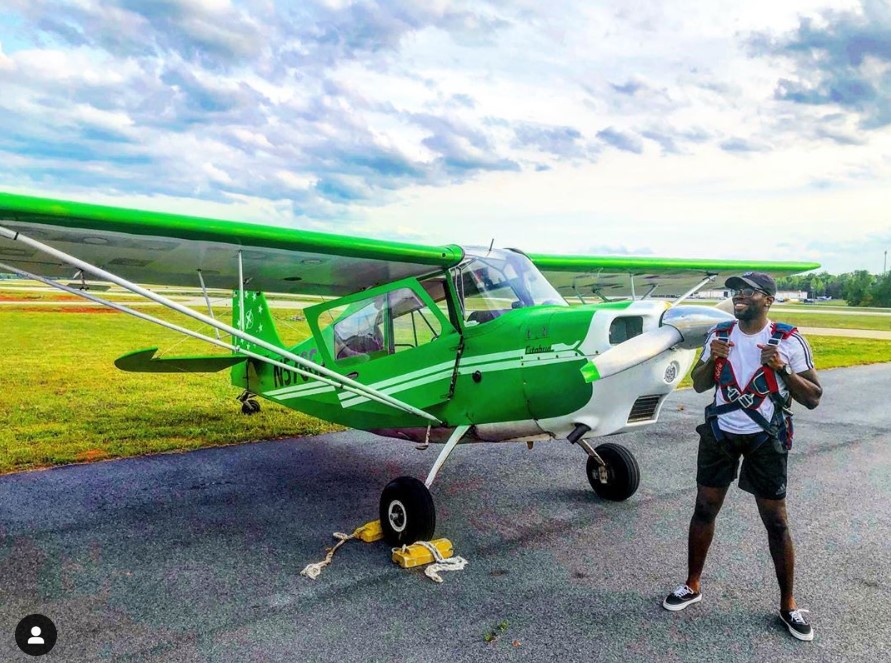
| NOTICE I. The comments and suggestions contained in this article are based on the general observations of the author. As such, no endorsement or guarantee of any product mentioned herein is intended. In all case of conflict between manufacturer's instructions and contents herein, the former should be adhered to and followed. II. The author, IAC & EAA present this material for reference only, and expressly deny any and all liability, express or implied, which may result from the use of the suggestions or statements contained herein by any party. Any such party using the suggestions or statements herein, does so at his own risk and without recourse. III. As a condition of use of the information contained herein, and in consideration of the furnishing thereof, the reader, for himself and his administrators, executors, heirs and assigns, agrees to forever hold harmless and defined the author, IAC and/or the EAA (including any members, officers, directors, agents or employees thereof) from any and all liability or damage of any nature regardless of cause, to reader or any third person, which may result from the use of said materials |

